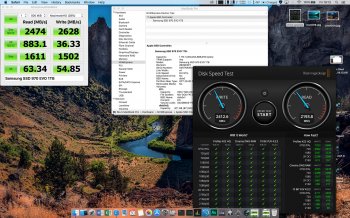I can't figure out how to inject the 7,1 nvme driver into the 6,1 scap file. In UEFItool I can't "replace as is" the existing driver, it's grayed out. UEFItool is designed for modifying ROM files not update files it says so in the notes.
Apparently this is possible according to user Y.H Wong on stack exchange but I am stuck at the part where you replace the existing driver in the MBA61.scap file
Apparently this is possible according to user Y.H Wong on stack exchange but I am stuck at the part where you replace the existing driver in the MBA61.scap file


